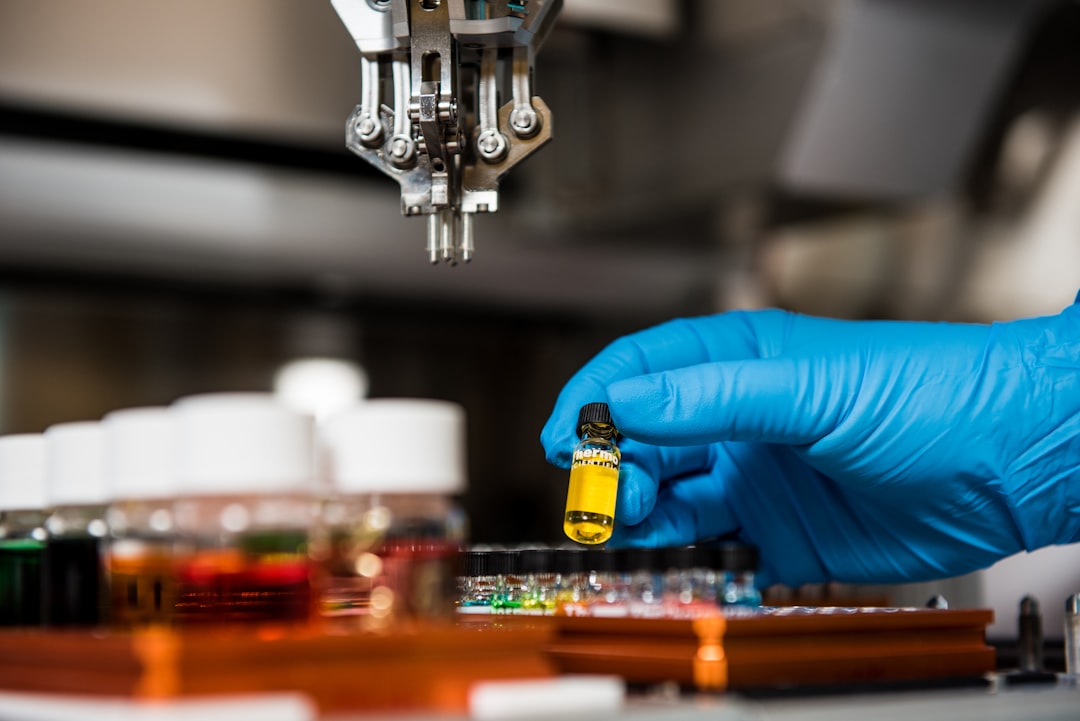What is it about?
This publication explores the use of artificial intelligence modeling to predict the production of bio-hydrogen gas from wastewater. The study uses a type of neural network algorithm called Backpropagation MLPNN, which is trained by modifying weight values to approximate the non-linear connection between input and output. The model can estimate the amount of bio-hydrogen gas produced based on the input variables. This research could have a significant impact on the field of wastewater treatment and bioenergy production.
Featured Image

Photo by Ivan Bandura on Unsplash
Why is it important?
This research presents a unique approach to predict the production of bio-hydrogen gas from wastewater using artificial intelligence modeling. The study uses cutting-edge algorithms and techniques like Backpropagation MLPNN and modified Garson algorithms to perform variable importance analysis that can help predict the impact of various input variables on the final output. By using artificial neural networks, we can create more accurate and reliable models that can lead to better decision-making in the field of wastewater treatment and bioenergy production. The findings of this study could also provide innovative insights into designing optimized bio-hydrogen production processes that are both economically and environmentally sustainable. These novel insights and approaches make this publication especially timely and relevant to researchers in the field, pushing the frontier of knowledge and practical applications of biological waste management.
Read the Original
This page is a summary of: Bio-hydrogen production from the photocatalytic conversion of wastewater: Parametric analysis and data-driven modelling using nonlinear autoregressive with exogeneous input and back-propagated multilayer perceptron neural networks, Fuel, July 2023, Elsevier,
DOI: 10.1016/j.fuel.2023.128026.
You can read the full text:
Contributors
The following have contributed to this page










